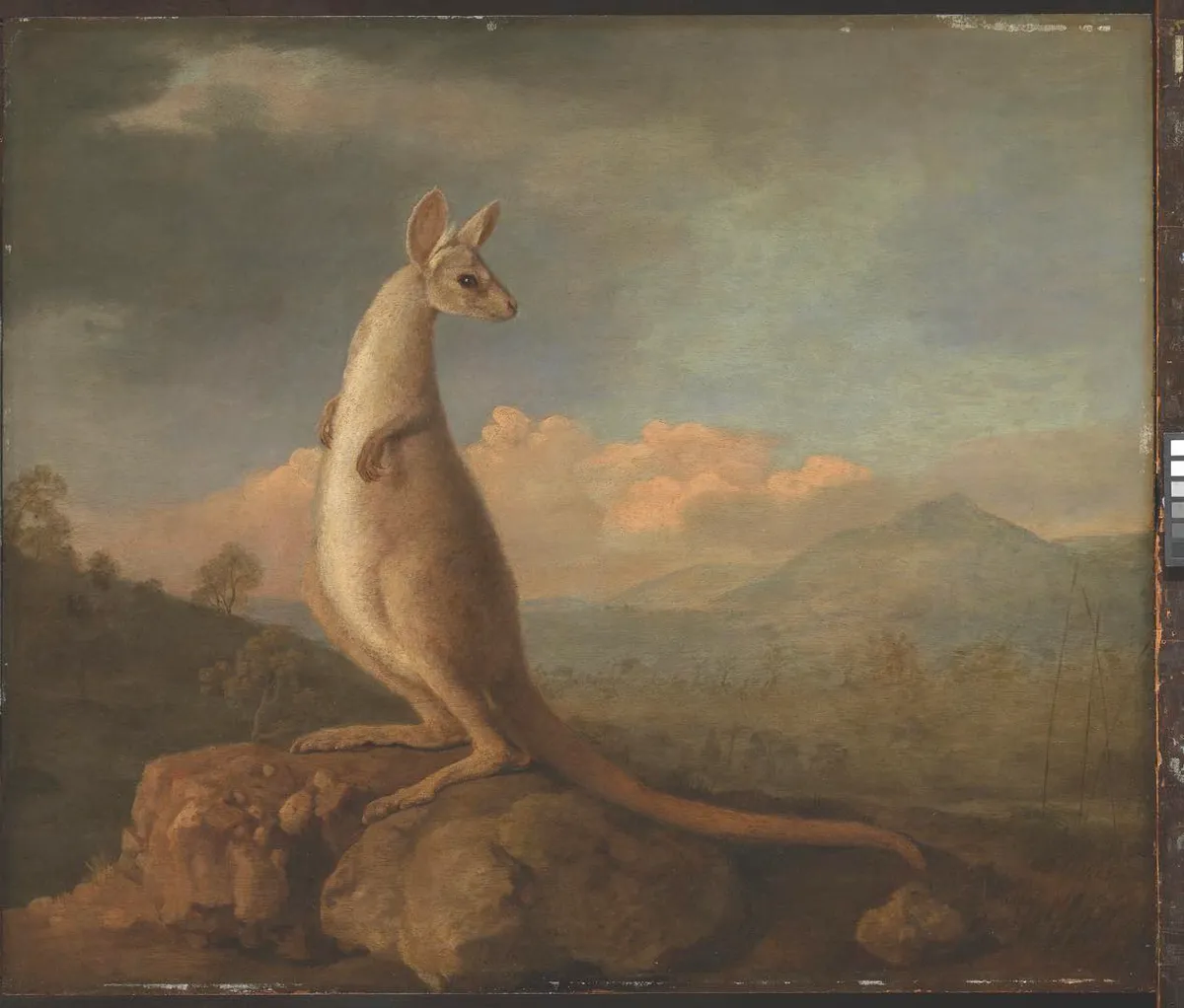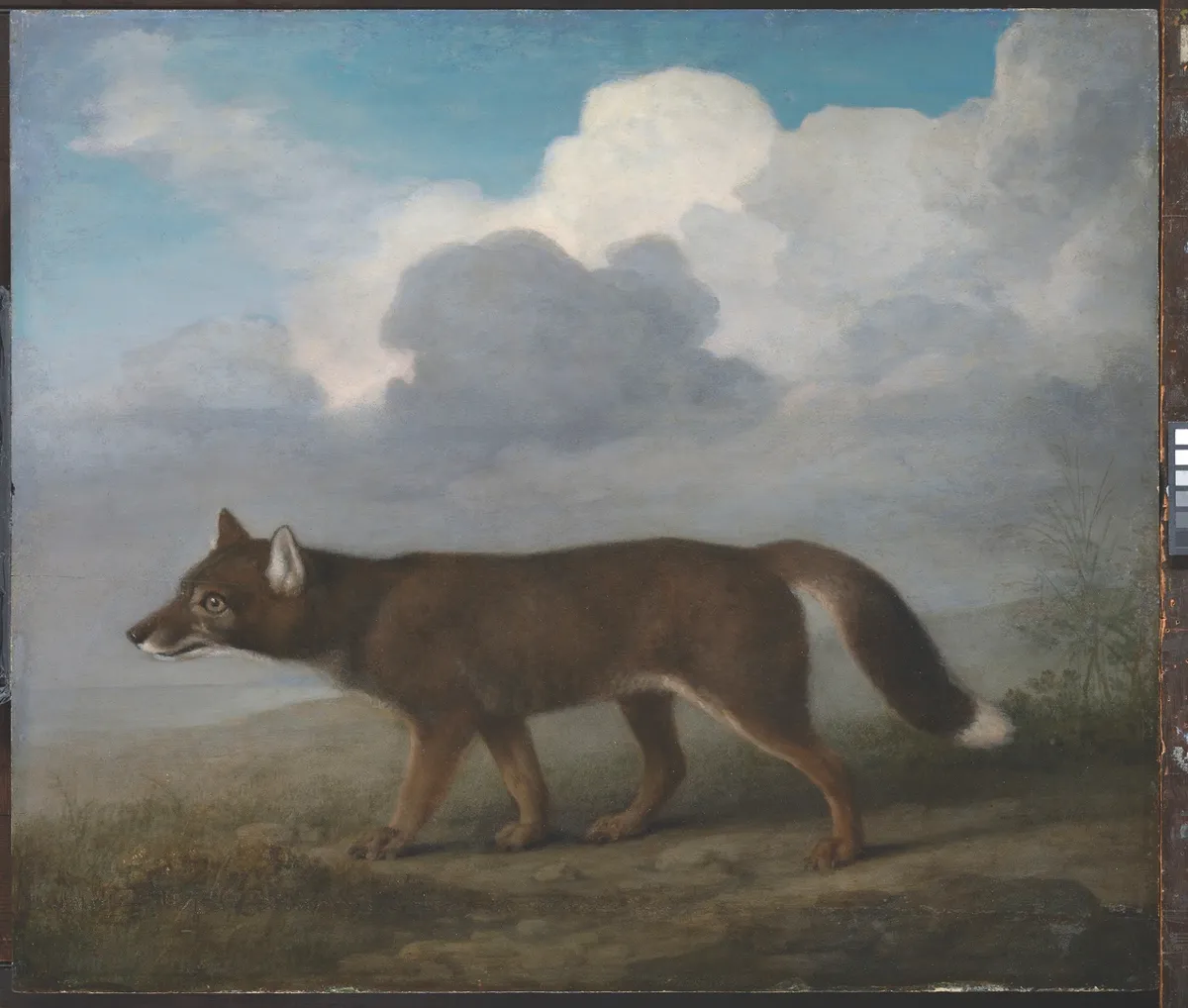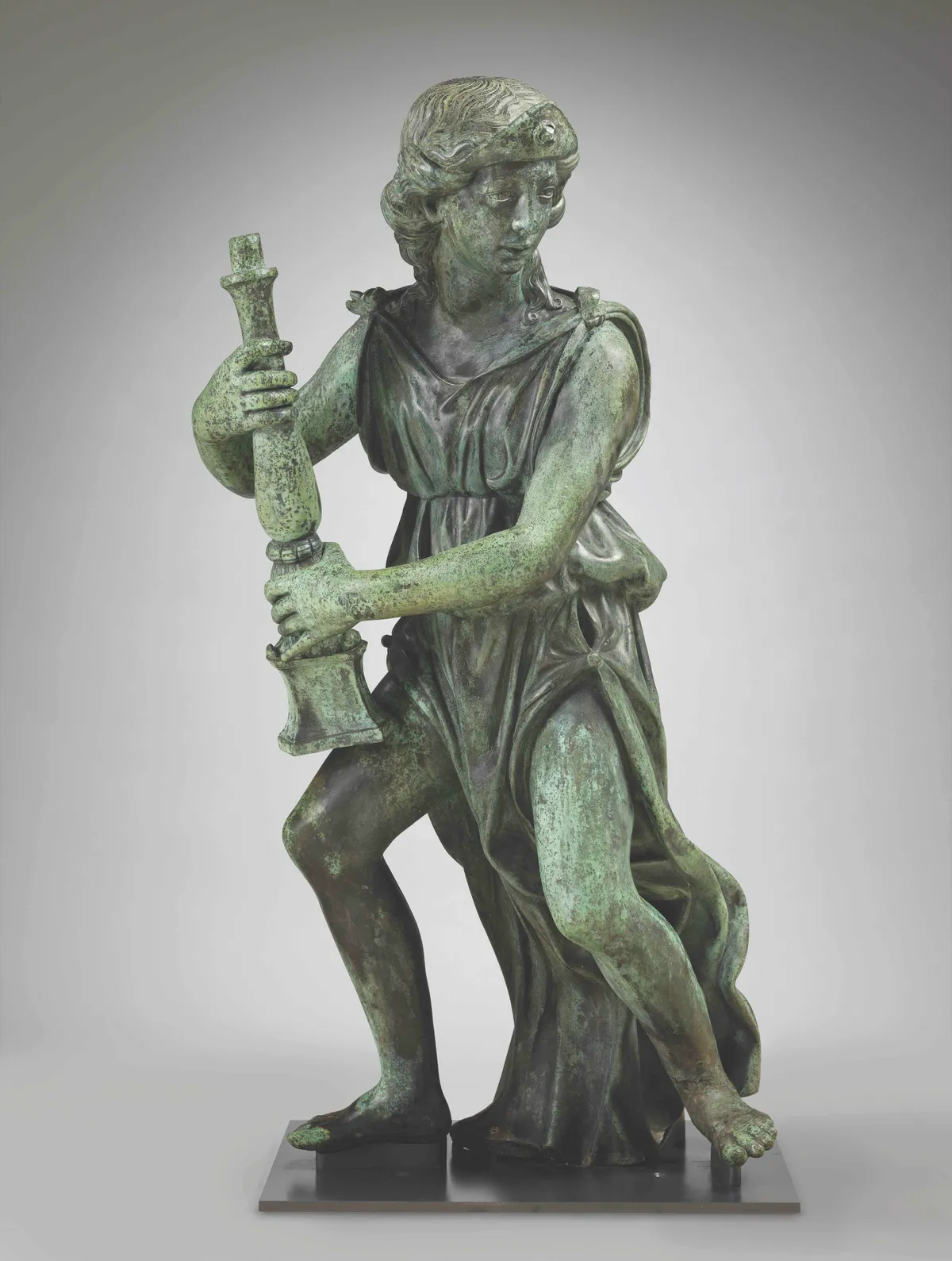Many of the country’s most treasured artworks and antiques have followed unconventional paths to find their ways into our museums and galleries. Some have even been rescued from being sold into a collection beyond the public eye, or abroad. In part two of our shortlist, we reveal 15 of the greatest works to have been ‘saved’ in this way.
Young Person’s Guide to the Orchestra’ by Benjamin Britten Acquired: 2012

A temporary export ban was placed on this draft score by Benjamin Britten, after it was sold to an overseas buyer in 2011. The 1945 work was acquired by the British Library for £201,660 and was not known about until the point of sale.
Where to see British Library, London. 0330 333 1144.
Self Portrait by Sir Anthony Van Dyck Acquired: 2014

With a £10m price tag, saving the final self-portrait (and one of only three self-portraits Van Dyck is known to have created in Britain) by one of history’s most renowned artists was never going to be easy. However, with more than 10,000 individual donations and financial support from numerous trusts, charities and foundations, the steep target was met.
Where to see National Portrait Gallery, London. 020 7306 0055.
Salisbury Cathedral from the Meadows by John Constable Acquired: 2013

Considering the place John Constable holds in the heart of the British public, it is not a huge surprise to learn that support quickly rallied behind the campaign to buy this iconic work and prevent its export. The painting was created following the death of the artist’s wife, in 1828. It was bought for the nation for a hefty £23.1m (with tax concessions) and acquired by the Tate. Support arrived from afar, including the Heritage Lottery Fund, the Art Fund (with a contribution from The Wolfson Foundation) and The Manton Foundation.
Where to see The painting is currently on loan to the Scottish National Gallery, Edinburgh. 0131 624 6200.
William Burges tulip vase Acquired: 2016

Designed by William Burges, the illustrious architect, this striking vase now sits in Wales’ national collection. It was created in the 19th century for Cardiff Castle’s Marquess of Bute. After a temporary export ban, the piece was bought for £163,000 with support from National Heritage Memorial Fund, Art Fund and Headley Trust.
Where to see National Museum Wales, Cardiff. 0300 111 2333.
Watercolour of Nonsuch Palace by Joris Hoefnagel Acquired: 2016

The Surrey-based palace once belonging to Henry VIII may no longer be standing, but this charming 16th-century watercolour depicting it is still very much part of Britain’s history. The work, by Joris Hoefnagel, was created in 1568 and came up for sale in 2016. It was saved for £1m, through support from the Art Fund and the National Heritage Memorial Fund. In a press release celebrating the acquisition, the V&A’s curator of word and image, Mark Evans, described the work as bringing to life ‘one of the greatest monuments of the English Renaissance, now lost to us.’
Where to see V&A, London. 020 7942 2000.
Portrait of Mademoiselle Claus by Edouard Manet Acquired: 2012

It took a high-profile eight-month public campaign and support from multiple camps, including the Heritage Lottery Fund and the Art Fund, to keep this celebrated Impressionist painting in Britain. Depicting Fanny Claus, a friend of the French artist, the painting was purchased for £7.83m by the Ashmolean Museum.
Where to see Ashmolean, Oxford. 01865 278000.
Kongouro from New Holland, 1772, by George Stubbs Acquired: 2013

Sir David Attenborough was visible in his support for the campaign to retain these important works. The £4.5m target was met with public support, grants and a donation from magnate Eyal Ofer.
Where to see Queen’s House, London.
Portrait of a Large Dog, 1772, by George Stubbs Acquired: 2013

Sir David Attenborough was visible in his support for the campaign to retain these important works. The £4.5m target was met with public support, grants and a donation from magnate Eyal Ofer.
Where to see Queen’s House, London.
The Lindo lamp by John Ruslen Acquired: 2010

Hailed as one of the most significant objects of Anglo-Jewish heritage, this silver Hanukah lamp was bought for £282,000, with help from The Wolfson Foundation, the Art Fund, the MLA/V&A purchase fund and private donors. The lamp was created in 1709 to celebrate the Jewish winter festival of light and mark the marriage of its vendors, the Lindos.
Where to see Jewish Museum, London. 020 7284 7384.
Multiple Sketch for the Banqueting House Ceiling by Peter Paul Rubens Acquired: 2008

James I commissioned a painted ceiling for Whitehall’s Banqueting House to celebrate the union between Scotland and England. This preparatory sketch was saved after a public campaign and support from funders, including the Art Fund, raised the required £5.7m. It is now owned by the Tate.
Where to see Currently on loan to The Queen’s House. 020 8312 6565.
The Wedgwood Collection Acquired: 2014

History was made when a staggering £15.75m was brought together in one month to save the Wedgwood Museum collection in 2014 (the fastest fundraising campaign in the Art Fund’s history). The collection features around 80,000 works of art, ceramics, manuscripts and pattern books. Thanks to an overwhelming display of public support, substantial backing from the Heritage Lottery Fund, the Art Fund and numerous private trusts and foundations, the V&A now owns the collection.
Where to see On long-term loan to The Wedgwood Museum, Stoke-on-Trent. 01782 371900.
The Wolsey Angels by Benedetto da Rovezzano Acquired: 2015

These four bronze Renaissance-style sculptures were commissioned in the 16th century to stand on the tomb of Cardinal Wolsey, the chief advisor to Henry VIII. An impressive £5m was raised by a public campaign and grants by numerous bodies, including the Art Fund, National Heritage Memorial Fund and Friends of the V&A, to acquire the angels on display at the London museum.
Where to see Victoria and Albert Museum, London. 020 7942 2000.
Scenes from the Lives of the Virgin and Other Saints by Giovanni da Rimini Acquired: 2015

In an unusual way of ‘saving’ a painting, the American businessman Ronald S Lauder purchased this 14th-century artwork for a substantial £4.9m in 2015, preventing it from being taken out of the country. The agreement ensured that the work be loaned to Lauder during his lifetime, but it will be on frequent display at The National Gallery, London.
Where to see It is not currently on display, but is often on loan to The National Gallery, London. 020 7747 2885.
Dagger belonging to Thomas Edward Lawrence Acquired: 2016

An export bar was placed on the sale of this dagger, owned by the British archaeologist and diplomat ‘Lawrence of Arabia’ last year. The dagger is thought to have been presented to Lawrence following a victory in Aqaba, Jordan, and features in one of the most iconic images of the famous figure. A total of £100,000 was raised from grants, including support from the National Heritage Memorial Fund.
Where to see National Army Museum, London. 020 7730 0717.
The Armada portrait of Elizabeth I, artist unknown Acquired: 2016

You may well recognise this resplendent painting from school text books or perhaps from one of the most famous public campaigns in recent years to save an artwork. This c1590 portrait depicts the victorious queen after the Spanish Armada’s defeat in 1588 and remained in the family of Sir Francis Drake until its sale last year.
The campaign to save it for a UK collection attracted an amazing 8,000 donations from the public, in addition to financial contributions from the Art Fund, Heritage Lottery Fund, the Linbury Trust, Headley Trust, Royal Museums Greenwich and Garfield Weston Foundation, with a total amount of £10.3m being reached.
Where to see After essential conservation it will hang in The Queen’s House, London. 020 8312 6565.
Discover more masterpieces and read the full feature in the June issue of Homes & Antiques. Back issues are available here.